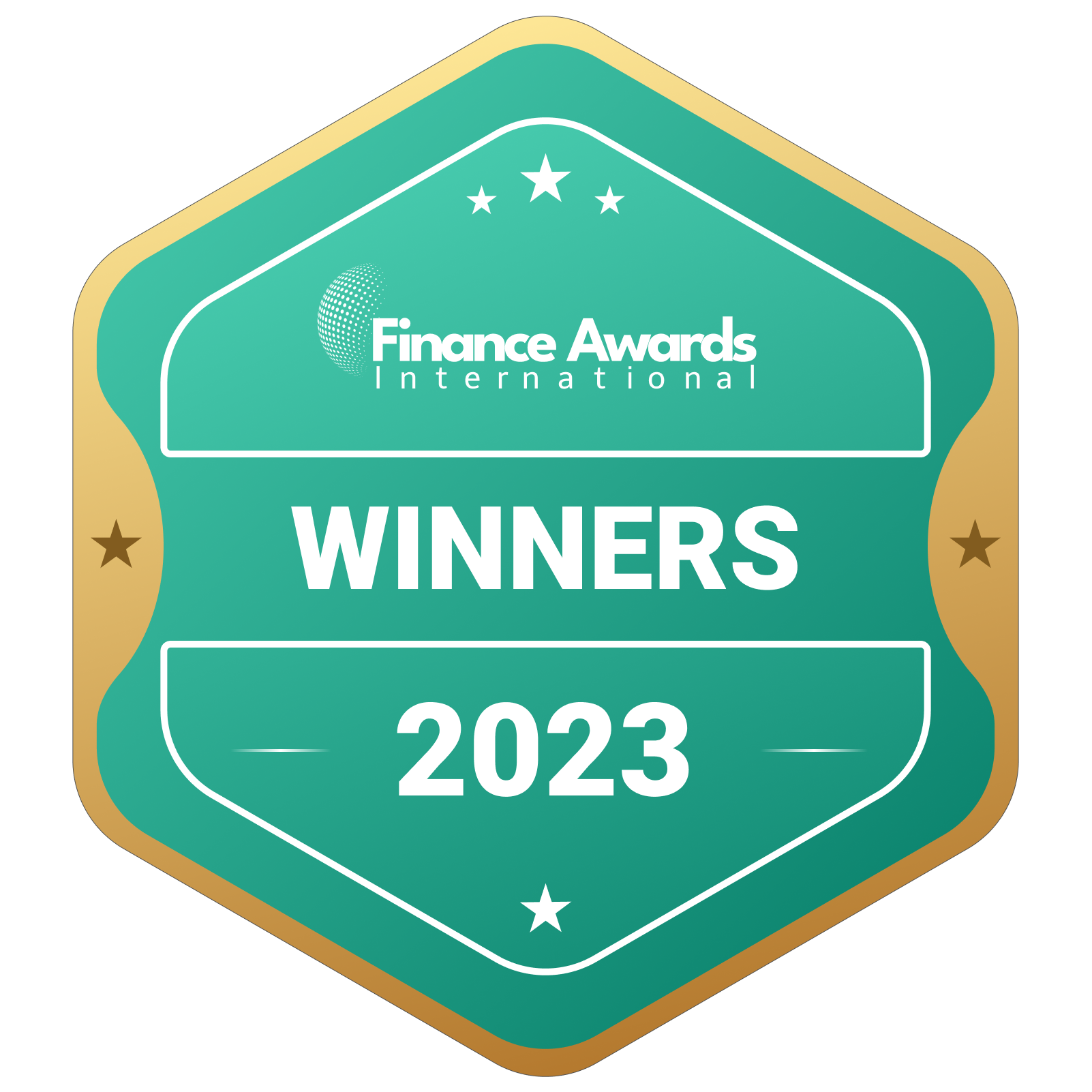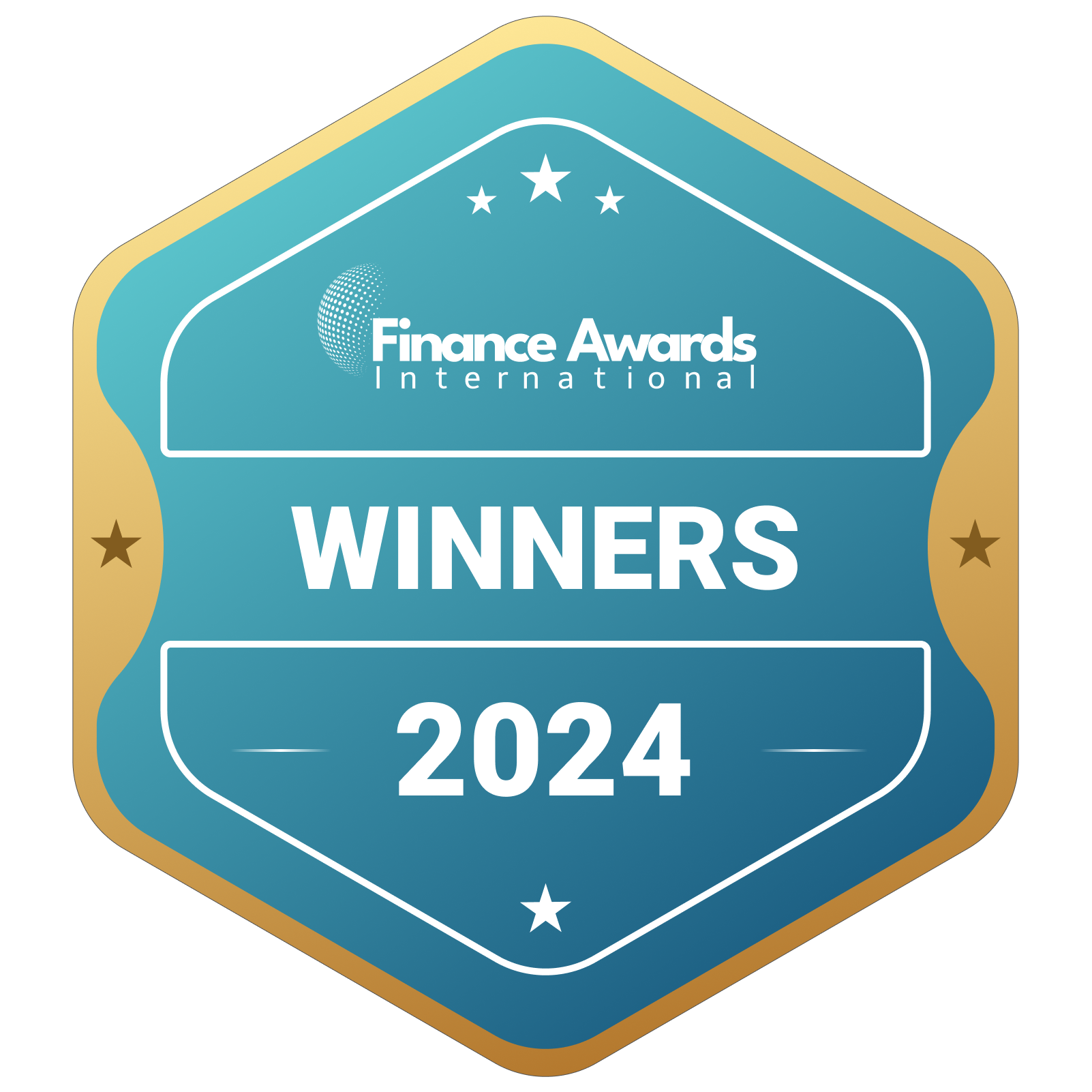A revolution is underway in the investment world as artificial intelligence (AI) transforms how markets are analyzed, portfolios are managed, and investors—both institutional and retail—make decisions. From crunching massive datasets and detecting fraudulent activity to automating asset allocation and democratizing access, AI’s impact will be profound. This article explores six critical questions—drawn from what people are asking—about how AI will change investing and is going to redefine the investment landscape, helping you understand both the opportunities and challenges ahead.
How is AI changing the investment industry?
Ever since the first algorithmic trading systems hit the market in the ’90s, we’ve seen machines creep into investing. But today, AI is turbocharging the shift—ushering in real-time data-processing, sentiment analysis, and decision-making that’s faster than ever before. Hedge funds, quant shops, and even boutique wealth managers now deploy machine learning to parse millions of data points across markets, social media, earnings calls, and even satellite imagery. Take Minotaur Capital in Sydney—a few staff using their “Taurient” AI tool to scan some 35,000 articles weekly, powering a fund that’s outperforming benchmarks while operating lean. On the consumer side, apps like Robinhood and Public have launched AI tools—such as Cortex and Public Alpha—to help summarize data and inspire smarts for everyday investors. These tools don’t just speed things up; they create entirely new strategies that would’ve been unimaginable a decade ago. Ultimately, AI investing is breaking down barriers—making markets more efficient, analysis more nuanced, and strategies more creative. But, it’s also raising questions about overreliance and stability.
How does AI analyze financial data?
It starts with grabbing structured data—like prices, volumes, income statements—and pairing it with unstructured data—like news, tweets, and earnings transcripts. Neural networks, gradient-boosted trees, and other ML models extract hidden patterns, correlations, and signals. Natural language processing translates text into sentiment indicators, and anomaly detection flags unusual trading behavior. In fact, Bank of America’s Aladdin system consistently scans headlines, broker reports, social chatter—and boils them into sentiment scores. Combine all that, and you get a panoramic view—one that spots early trends, sentiment shifts, and even oddball market moves before most humans can.
Can AI predict stock market trends?
Let’s be honest: predicting the market is tricky—even with AI. Models can certainly extract signals, run back-tests and simulations, and in many cases outperform human-only strategies. Reinforcement learning frameworks, in particular, are gaining traction. But there’s always the risk of overfitting—models memorizing past noise as if it were a pattern—and nothing guards against a sudden, unprecedented event. The recent collapse of Silicon Valley Bank is a case in point: AI models flagged liquidity risk early, but once panic hit, the same signals amplified the bank run. Still, AI improves probability estimates and timing—but let’s be clear: it’s not a crystal ball. It gives edge, not certainty.
How do robo‑advisors use AI?
Robo-advisors are where AI investing touches you directly. These digital platforms automate your investment strategy end-to-end:
- Risk profiling: They assess your comfort level using questions, behavior, even passive tracking.
- Asset allocation: They build portfolios—usually ETF-based—aligned with that risk profile.
- Tax‑loss harvesting: Watching for dips to sell at losses and offset gains.
- Rebalancing: Automated, cost-effective corrections back to target norms.
The effect? Cost-efficient, human-free, 24/7 portfolio management—tailored to you. Users get streamlined, data-driven advice without the high cost of traditional advisors. Popular platforms like Wealthsimple, Acorns, and Vanguard Digital Advisor personalize investing with just a few clicks.
What are the benefits of using AI in investing?
Here’s where AI investing truly shines:
- Efficiency & scale: AI processes gigabytes of data per second—no human can keep up.
- Emotion‑free decisions: Algorithms don’t panic-sell or overreact.
- 24/7 market coverage: AI never sleeps—monitoring global events in real time.
- Cost reduction: Lower operating costs lead to cheaper investment products.
- Accessibility: Smaller investors gain access to insights once reserved for pros.
All of this is transforming finances from an exclusive playground into a democratized ecosystem—where almost anyone can deploy data-level insights.
What are the risks of AI‑powered investing?
But AI investing is a double-edged sword:
- Model risk: If your inputs are flawed, your outputs are garbage.
- Herd behavior: Algorithms mimicking each other can trigger flash crashes.
- Lack of understanding: Machines struggle to grasp nuance—like impact investing ethics or context .
- Cyber threats: Data spoofing, adversarial attacks, and deepfakes can undermine model outputs.
- AI washing: Firms labeling any tech as “AI” to look innovative—without real substance.
And systemic risks loom larger: interconnected AI systems could fail simultaneously, threatening market stability.
Human Judgment: Non-Negotiable
Many experts—and regulators—agree: AI needs a human check. By 2027, AI tools will be the main advice source for retail investors, but trust with real humans remains vital. AI can enhance trading and analysis—they work as assistants—but judgment, context, and relationship-building are decidedly human skills .
Conclusion
AI is reshaping investing—from how data is analyzed and trades are executed, to how portfolios are built and risks are managed. AI investing brings efficiency, clarity, and access—but also underscores the importance of model transparency, risk control, and human oversight. Looking ahead, the future is hybrid: smart algorithms and savvy advisors working in tandem. Those who find that sweet spot—embracing innovation while safeguarding human insight—will be the ones leading the charge in tomorrow’s investment world.








